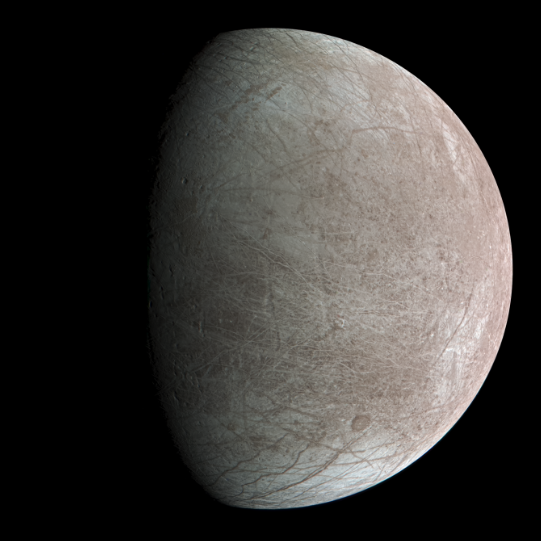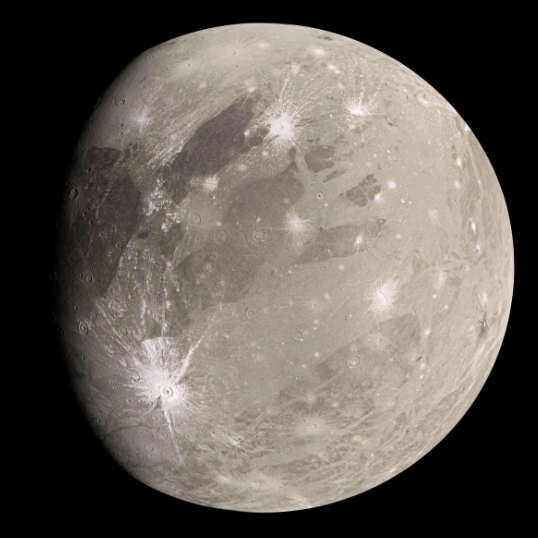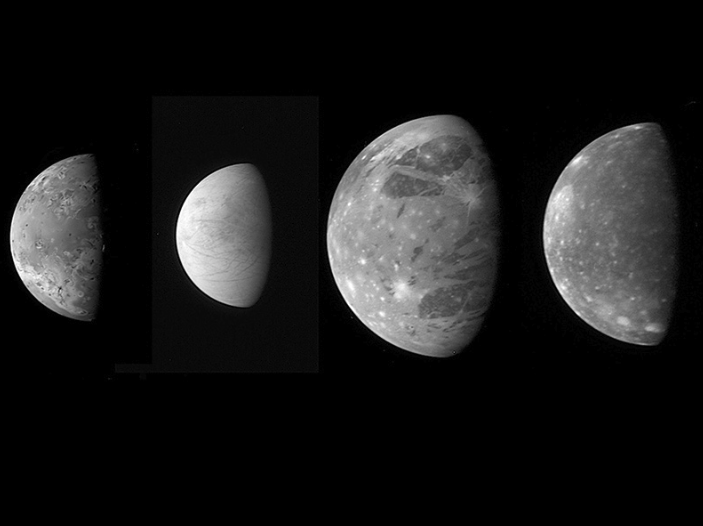Regular And Irregular Moons: Are They Truly That Different?
What’s the difference between a regular moons and an irregular moons? Regular moons revolve around their planets in the same direction as their host orbits. Irregular moons sometimes travel in the opposite direction, retrograde, and have eccentric (they get a little wild!) orbits.

Table of Contents
What Are The Differences Between Regular And Irregular Moons?
Besides the path a planet’s moon (or satellite) travels, its formation indicates whether a moon is regular or irregular.
- Regular moons often form as chips off the old block, so to speak.
- Irregular satellites gather particulates to become one large object.
What Are The Characteristics Of Regular Versus Irregular Moons?
To define the characteristics of regular moons, let’s look at the orbit, orbital inclination, orbital eccentricity, and the formation of moons.

Orbit Direction And Period
Regular moons travel around their host planet in a roughly circular plane; both travel in the same direction (prograde.) If you’re standing at the North Pole (on Earth) and looking down, you will see the moon traveling clockwise around the planet.
Irregular moons often travel around their hosts in a retrograde orbit. That means they go in the opposite direction of their worlds.
Additionally, regular moons have a quicker orbital period than irregular ones. For example, Jupiter’s four Galilean moons are all regular, moving more quickly around the planet than its irregular natural satellites.
Orbital Inclination
Orbital inclination refers to the amount the moon leans or inclines toward its host planet. An inclination is measured relative to the host planet’s equator, given that the natural satellite orbits closely. So the equatorial plane is perpendicular to the central body’s axis of rotation.
| Inclination Degree | Moon Type | Orbit Type | Orbit Direction |
| 0° | Regular | Equatorial Plane | Prograde |
| >0° but <90° | Regular | Eccentric | Prograde |
| >90° but <180° | Irregular | Eccentric | Retrograde |
| 180° | Irregular | Equatorial Plane | Retrograde |
Orbital Eccentricity
Another aspect that defines the difference between regular and irregular moons is their orbital eccentricity. In other words, what shape does the orbit follow? Roughly circular patterns like the one Earth’s moon travels has an eccentricity level of zero.
For example, an orbit’s eccentricity ranges from zero to one. A zero value means the satellite travels in a circle and is regular. But the more a satellite’s orbit stretches into an elliptical, the higher its eccentricity value, up to a level 1.
Irregular moons also have differing orbital eccentricity values at their apogee and perigees. And they travel at different speeds at each end of the elliptic.
- An apogee is the orbit point when the moon is furthest from its planet and travels the slowest.
- A perigee is when the natural satellite is closest to its planet and travels its fastest.
Regular moons have lower orbit eccentricities, while Irregular Moons have higher eccentricities.

Moon Formation
The way a moon is formed indicates whether it is regular or irregular.
Regular moons are likely formed from “local” materials.
- Example: An asteroid impacts a planet and breaks off a chunk of this ejected into orbit around the planet.
- The “chunk” becomes a moon.
- Or the moon forms when multiple astral objects merge into one larger entity, again becoming a moon.
Irregular moons are trapped objects captured by a planet’s gravitational pull and held inside the host planet’s hill sphere. Some of the material originated from the early solar system and was formed elsewhere but fell into the planet’s orbit.
Summary
While every rule has exceptions, regular moons orbit their host planets in a stable and nearly circular pattern.
Regular moons form from dust clouds and particles from their host planet or rings. A regular moon may have been formed when a comet, satellite, or another planet collides with the host planet. The material ejected into orbit orbits around the host planet and then groups together to form a moon.
Irregular moons exist because the planet captures them with its gravitational pull. Captured bodies generally move in an erratic and eccentric orbit, becoming irregular moons.
